|
This piece was written for EDU653 at Central Michigan University as Project 2. It is written through the lens of a teacher with 11 years PYP teaching experience working at a fully accredited IB school. The stance in this post is my personal opinion based on experiences with both in-person and online teaching because of Covid-19. It is aimed to be written particularly towards other PYP teachers, but could be valued by other readers as well.
Let's Imagine...
Think about your classroom in 2019 (or earlier).
I imagine my Primary Years Program (PYP) classroom with students collaborating, writing, speaking, editing, researching, thinking, and solving problems all at the same time. I can see the large display of our weekly plans - full of specialists, inquiry groups, and daily "must" time where students can work on their goals at their own pace
Now think about your classroom when you switched to online learning. 100% home-based. What did your student's days look like?
What I now imagine is a structured document with 4 specific learning outcomes for lessons on reading, writing, math, and Unit of Inquiry all separate. Little room for integrating reading, writing, or math into our UOI intentionally (though we do sometimes make it work).
Maybe your plans looked something like this too, or maybe they didn't. When this happened, I could not help but feel my heart break knowing that the transdisciplinarity of what we were doing was being taken away. The essence of the PYP, gone. The reason? (So we were told), parents want standards. Parents want division of subjects. Parents want uniformity.
Of course, these statements are over generalizing parent desires as well. In the beginning (before things were too formalized) I actually had one parent email me with the realization of how the PYP works now - it is all connected!!! Yes!!! Why could I not harness that energy? That realization? That lightbulb moment from a parent new to the PYP framework? Why would I not take this opportunity to show more parents what we are all about? Instead, I was told to separate the subjects and plan for the parents that wanted it the way they recognized. Single subjects. Single outcomes. Stand-alone lessons. My Position
To be clear, what I want is for students to learn in the best way that works for them... not their parents. Tansdisciplinary learning is at the heart of what we do in the pyp, with an inquiry-based approach. What I want is to have that same approach to learning when our schools make the necessary shift to home-based/online learning. Why would we change who we are just because of the format our lessons have to take place?
The Framework: What is Transdisciplinary Learning?
Before I continue, I would like to share this video from Charlotte Dayus about Transdisciplinary learning in the PYP. She does a great job explaining all of the essential elements and the way our students learn while we are at school (in the building).
So, to summarize Dayus:
So my big question is, why can't this happen while we are online? Strategies and Implementation for Transdisciplinary Learning Online
The concept of this is both easy and difficult for me. It is easy because it seems like common sense. This is how we teach in a PYP school, so this should be how a PYP school teaches online. It is difficult because I think a lot of schools and teachers do want to easily outline learning in a way that parents understand.
Basically, the strategy I would suggest is to keep everything as consistent and transdisciplinary as possible. Get rid of the columns of learning outcomes and show parents (and students) that most of the unit is connected to each other. Below is a screenshot of a document that the IB sent out in June 2020 in response to school closures from Covid-19. In it, they outline the importance of a transdisciplinary unit of inquiry. This concept does not just disappear because we are now online.
When our online learning first began, we did many of these things. We took a unit (Where We Are in Place and Time) that we thought could fit online learning a little easier and moved it from the end of the year to start NEXT WEEK. Being new to teaching online courses, this was a good decision.
The unit was focused on learning about history with a strong literacy link. This helped increase the student's comprehension skills by making different types of connections to historical fiction texts. You can read more about it here, where I posted about it for a COETAIL project. We wanted to keep it as transdisciplinary as possible. Math was a stand alone subject at this time. However, this was not simple because of the way we needed to show outcomes to parents. Our natural instinct as experienced PYP teachers was to merge the columns of reading, writing, and UOI together. This would be transdisciplinary, right? But we couldn't. So we worked around it by using the multiple columns and trying to state which activities they needed to do first. For example, complete the UOI lesson before you do the writing or reading lesson, etc. It was hard. It was complicated. But it was transdisciplinary. We are still teaching this unit this year, again online, much the way we taught it last year. If we did not have to show learning outcomes in specific columns I do believe that it would be a much simpler process for students to follow. Assessment
Assessment in the PYP should look like the following image from the IBO.
While we are learning online, a lot of this can be done through Seesaw, Toddle, or other eportfolio platforms. Sticking to a transdisciplinary unit of inquiry should not affect the ability to assess for skills (or content knowledge) in any subject area. I do believe that the "documenting learning" would probably be a little larger when we are learning online, but I think it merges in with the "monitoring learning," making it easier for teachers to access and provide feedback (and in turn, measure and report).
Perspectives and Solutions
Student Perspective
Parent Perspective
Teacher Perspective
Call to Action
Does your school have great examples of sticking true to the transdisciplinary nature of the PYP while teaching online? I would love to see it! Comment with a link below, or contact me on Twitter at @innovative_inq
1 Comment
|
Cindy KaardalThis blog page will follow my progress through completing a Master of Arts in Learning, Design, and Technology with Central Michigan University. Archives
April 2022
Categories
All
|
Proudly powered by Weebly
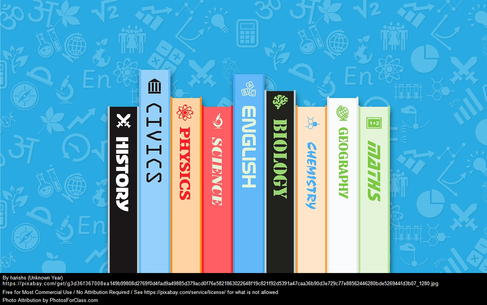
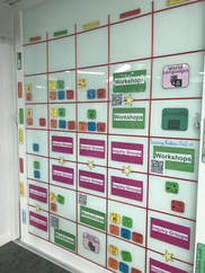
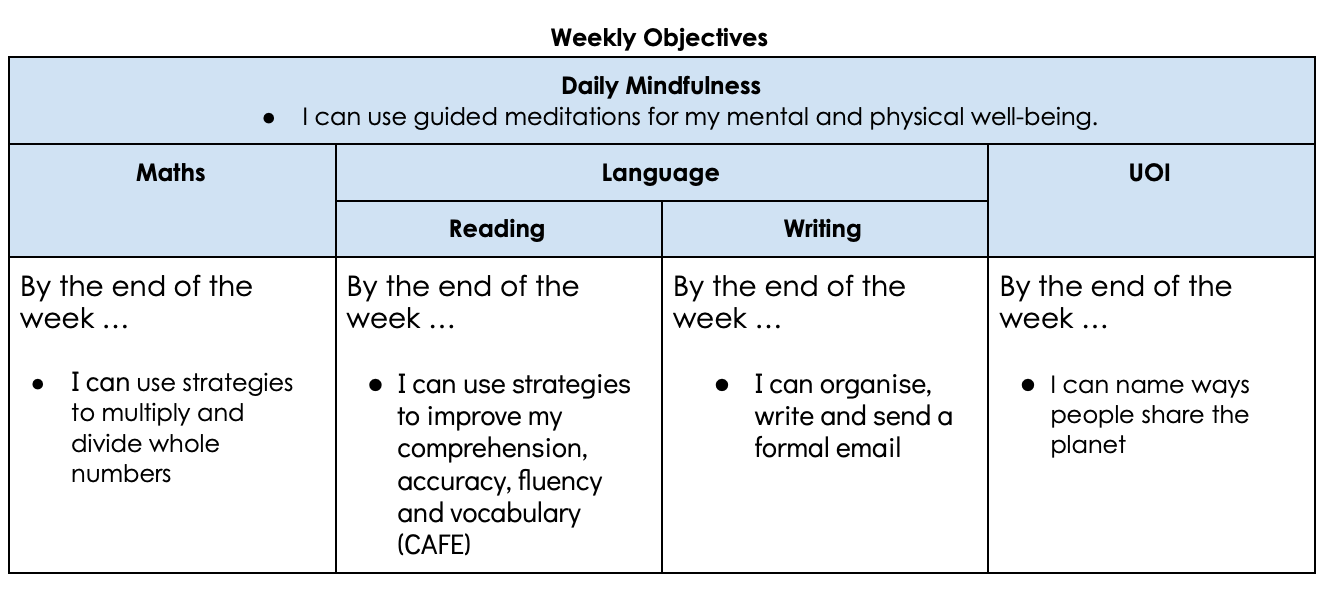
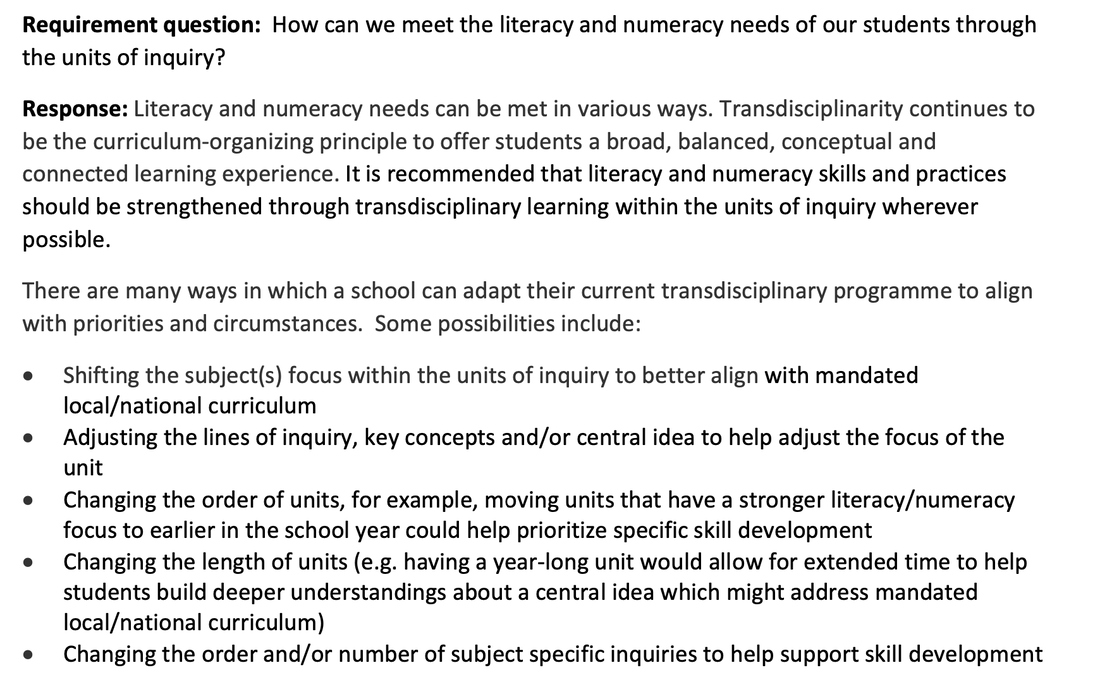
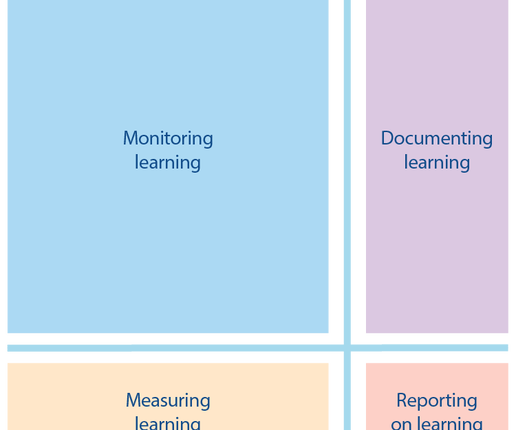
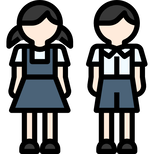


 RSS Feed
RSS Feed